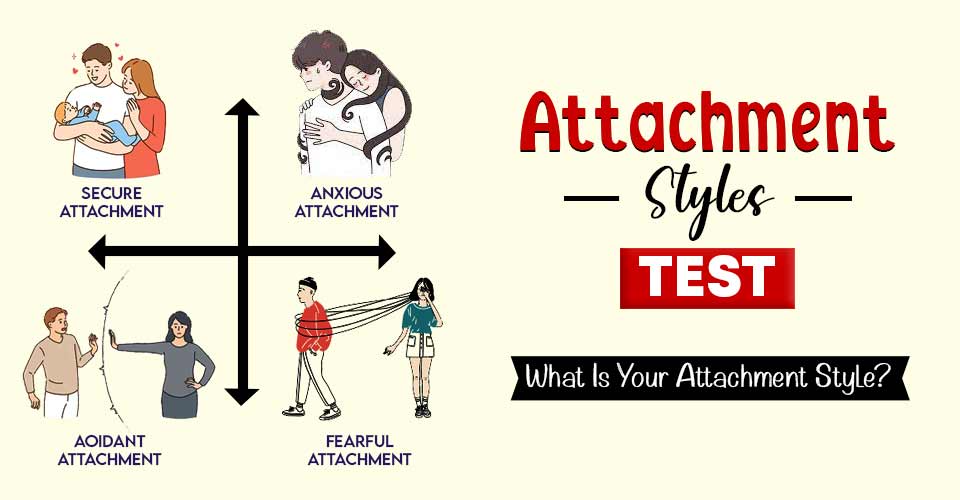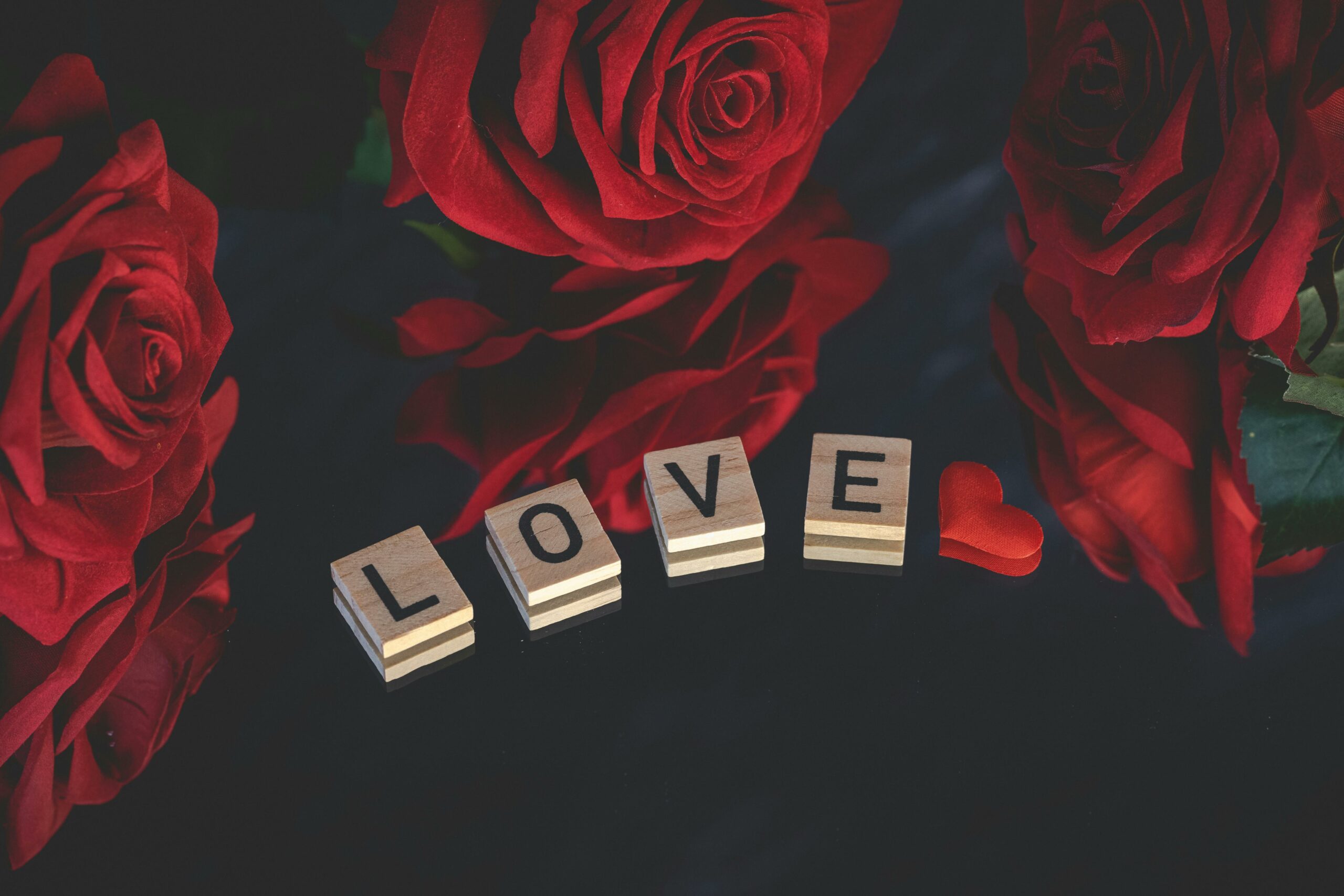
What is the Attachment Style Quiz? Discover Your Relationship Blueprint!
In the world of relationships, self-awareness is the key to unlocking deeper connections. But have you ever wondered why you react a certain way in love or friendship? If so, you’re not alone. Enter the Attachment Style Quiz—a powerful tool designed to help you uncover the patterns that shape your interactions with others. Understanding “What is the Attachment Style Quiz?” can revolutionize the way you approach relationships, offering valuable insights into your emotional needs and behaviors.
This blog will dive deep into the concept of attachment styles, explain the purpose and benefits of taking the Attachment Style Quiz, and guide you through a detailed quiz to uncover your attachment type. Let’s get started!
What is the Attachment Style Quiz? An Introduction to Your Emotional DNA
The Attachment Style Quiz is a self-assessment tool rooted in attachment theory, a psychological framework developed by John Bowlby and later expanded by Mary Ainsworth. The theory identifies four primary attachment styles that influence how people connect with others: Secure, Anxious, Avoidant, and Disorganized.
The quiz aims to help individuals identify their attachment style, shedding light on subconscious patterns that affect their relationships. By understanding your attachment type, you can improve communication, set healthier boundaries, and build stronger emotional connections.
Why Take the Attachment Style Quiz?
1. Self-Discovery
Understanding “What is the Attachment Style Quiz?” goes beyond curiosity—it’s a journey of self-awareness. By pinpointing your attachment style, you gain clarity about your emotional triggers and relational strengths.
2. Improved Relationships
Ever feel stuck in a cycle of arguments or misunderstandings? Recognizing attachment styles can help you and your partner navigate challenges with compassion and understanding.
3. Conflict Resolution
Different attachment styles often clash. The quiz helps identify these differences, offering actionable solutions to bridge the gap.
4. Personal Growth
Attachment styles aren’t set in stone. By understanding your style, you can work toward developing a more secure attachment over time.

Exploring Attachment Styles Through the Quiz
The Attachment Style Quiz typically assesses your responses to various scenarios involving trust, intimacy, and conflict. Below is an overview of the four main styles:
- Secure Attachment
- Comfortable with intimacy and independence.
- Values mutual respect and open communication.
- Generally has healthy relationship dynamics.
- Anxious Attachment
- Craves closeness but fears abandonment.
- Often feels insecure or overly dependent in relationships.
- May struggle with trust and excessive worry.
- Avoidant Attachment
- Prefers independence and often avoids emotional closeness.
- May appear distant or unemotional during conflicts.
- Struggles to rely on others.
- Disorganized Attachment
- A mix of anxious and avoidant traits.
- Often stems from past trauma or inconsistent caregiving.
- Can lead to unpredictable behavior in relationships.
Take the Quiz:
Answer the questions below to discover your attachment style. Choose the option that resonates most with you.
1. When your partner doesn’t respond to your text right away, you:
- A. Trust they’ll get back to you when they can. (Secure)
- B. Worry they’re upset or losing interest. (Anxious)
- C. Feel relieved to have some space. (Avoidant)
- D. Alternate between panic and detachment. (Disorganized)
2. In a new relationship, you:
- A. Communicate openly and enjoy the process. (Secure)
- B. Feel nervous about whether they like you enough. (Anxious)
- C. Keep things casual and avoid getting too attached. (Avoidant)
- D. Feel both excited and fearful about intimacy. (Disorganized)
3. During a disagreement, you:
- A. Focus on resolving the issue calmly. (Secure)
- B. Worry the argument signals a breakup. (Anxious)
- C. Shut down emotionally and avoid the topic. (Avoidant)
- D. Swing between yelling and shutting down. (Disorganized)
4. When thinking about the future with your partner, you:
- A. Feel optimistic and ready to plan together. (Secure)
- B. Worry about whether they’ll stick around. (Anxious)
- C. Avoid long-term conversations to maintain independence. (Avoidant)
- D. Feel conflicted—hopeful yet uncertain. (Disorganized)
5. When your partner shares personal struggles with you, you:
- A. Listen attentively and offer support without judgment. (Secure)
- B. Feel overwhelmed and worry about saying the wrong thing. (Anxious)
- C. Feel uncomfortable and unsure how to respond. (Avoidant)
- D. React unpredictably, alternating between empathy and detachment. (Disorganized)
6. When faced with long-distance in a relationship, you:
- A. Trust the bond will remain strong with communication and effort. (Secure)
- B. Constantly fear they might lose interest or cheat. (Anxious)
- C. Feel relieved by the extra space and independence. (Avoidant)
- D. Experience mixed feelings—both longing and fear of abandonment. (Disorganized)
7. How do you feel about expressing your needs in a relationship?
- A. Confidently communicate your needs without hesitation. (Secure)
- B. Hesitate, fearing your partner might not meet them. (Anxious)
- C. Avoid expressing them, assuming you’re better off handling things alone. (Avoidant)
- D. Struggle to articulate your needs clearly due to fear of rejection. (Disorganized)
8. When it comes to physical affection, you:
- A. Enjoy it and feel comfortable initiating or receiving it. (Secure)
- B. Worry if you’re giving or receiving “too much” affection. (Anxious)
- C. Feel uncomfortable with too much physical closeness. (Avoidant)
- D. Desire it at times but feel anxious or withdrawn at other times. (Disorganized)
9. In stressful situations, you:
- A. Lean on your partner and problem-solve together. (Secure)
- B. Feel anxious and crave reassurance from your partner. (Anxious)
- C. Withdraw and prefer to handle stress alone. (Avoidant)
- D. Feel overwhelmed and struggle to regulate your emotions. (Disorganized)
10. Your ideal partner would:
- A. Be emotionally available and supportive. (Secure)
- B. Constantly reassure you of their love and commitment. (Anxious)
- C. Respect your independence and not demand too much closeness. (Avoidant)
- D. Provide stability and help you feel safe, though it might feel unfamiliar. (Disorganized)
Results:
- Mostly A’s: Secure
- Mostly B’s: Anxious
- Mostly C’s: Avoidant
- Mostly D’s: Disorganized
How the Attachment Style Quiz Can Transform Relationships
1. For Couples
Couples who take the quiz together often uncover hidden dynamics in their relationship. For example, a Secure partner might learn to reassure an Anxious partner, while an Avoidant partner might work on opening up emotionally.
2. For Personal Growth
Knowing your style helps you recognize unhealthy patterns and actively work toward a more secure attachment, whether through therapy, self-reflection, or mindful communication.
3. For Friendships and Family
Attachment styles don’t just affect romantic relationships. The quiz can also reveal insights about your interactions with friends, family, and colleagues.
Conclusion: Why You Should Take the Quiz Today
So, what is the Attachment Style Quiz? It’s your gateway to understanding the emotional blueprint that drives your relationships. Whether you’re seeking self-improvement, better communication, or simply a deeper understanding of yourself, this quiz is a valuable tool.
Take the plunge, explore your attachment style, and start building healthier, happier connections. After all, self-awareness is the first step toward lasting love. What’s your style? Let us know in the comments below!


